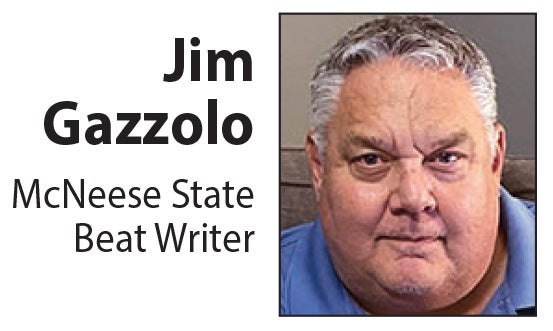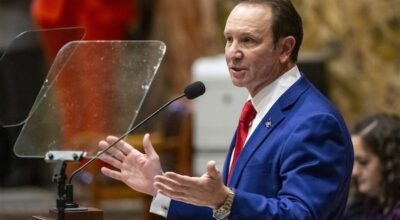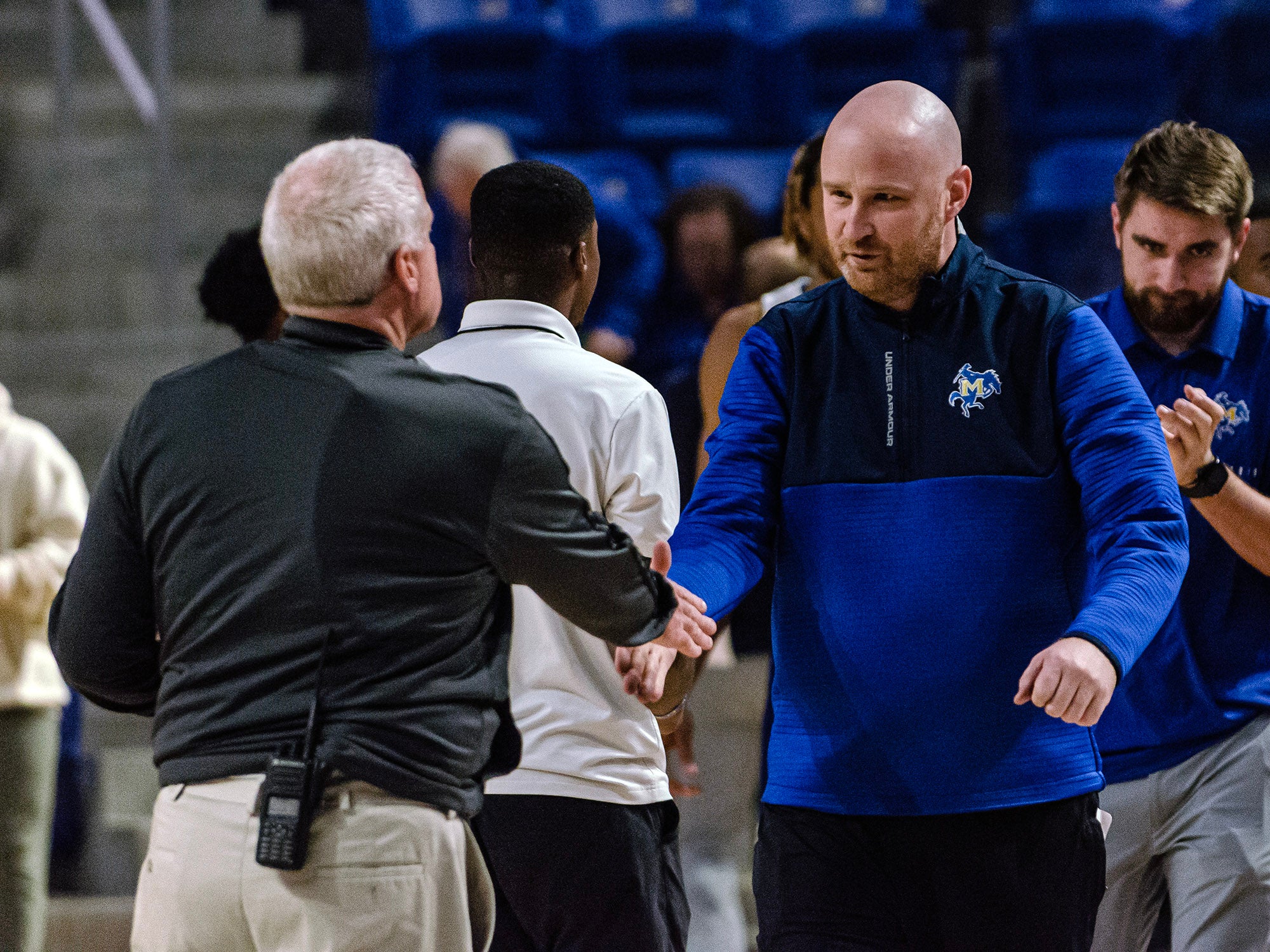Scooter Hobbs: My LSU butterfly effect
Published 8:00 am Saturday, January 28, 2023
If this ends up sounding a tad self-serving, then so be it.
But the record needs to be set straight.
Heading into this weekend’s NFL conference championship games, the league’s poets and TV hawkers seem to be running low on adjectives and are searching for higher decibels in gushing over Cincinnati quarterback Joe Burrow, who of course is still remembered fondly in these precincts and needs no formal introduction.
He has suddenly become such the face of the NFL that some have undertaken the task of discovering when, exactly, this “Ordinary Joe” became “Joe Cool,” an extremely rare combination, as one said, of Joe Namath, Joe Montana and Tom Brady.
Most would-be historians, after much study, seem to be zeroing in on the Fiesta Bowl following the 2018 season, LSU vs. Central Florida. Specifically, the cheap (but at the time legal) blind-side shot Burrow took that flattened him moments after throwing an interception that became a pick-six.
As he struggled to right himself and gather his senses, it appeared that last rites were being administered and immediate Burrow family summoned.
But Burrow did not even miss a play. He got up, probably smirking, and immediately starting strafing Central Florida for 394 yards and four touchdowns in blowing past the early 14-3 deficit for an easy win.
The legend was born.
And it makes for a good story.
Little known fact: Burrow was already a very good quarterback before then. Already tough as nails, too.
Getting up from that play probably introduced him to the world.
But the wheels for what happened next — Heisman Trophy, LSU’s undefeated national championship season, franchise-changing first overall NFL draft pick — were set in motion two months earlier.
True, Burrow’s junior season numbers at LSU didn’t amount to much — 16 touchdowns and five interceptions.
But make no mistake — LSU already knew it had something quite special at the position and as a locker room presence.
The defining moment for what was to come probably came in that year’s Alabama game.
Here’s where I’d like to think I played a teeny, tiny, itsy-bitsy passive role.
The Monday before that game at head coach Ed Orgeron’s weekly news luncheon, I noted that Alabama had recently joined the RPO up-tempo offensive circus, and asked him if he approached the game any differently knowing “you’ll probably have to score 30 points.”
Orgeron answered, “Who says we have to score 30 points?”
To which I replied, “Uh, I guess I do.”
My media buddies got a kick of it. Coach O kind of grumble-chuckled.
Bottom line: Alabama eventually won the game 29-0. But I didn’t really think much of it at the time, even though my predictions are seldom anywhere near that close.
Fast-forward to a few days before that Fiesta Bowl, Orgeron’s big news conference at the media hotel. When he was finished and everybody was dispersing, he hollered at me and summoned me up toward his podium.
He was all smiles.
“Remember before the Alabama game when you said we’d have to score 30 points to win?”
Actually I had forgotten all about it.
He went on to confess, “When I was walking off the field that night, I said ‘Dang, Scooter was right, 30 points, we’d have won.’”
It later came to light that after leaving the field after the Bama debacle he went straight to offensive coordinator Steve Ensminger and told him that the next year the Tigers were flat-out opening up the offense, full speed ahead, plenty of bells and whistles and no huddles. That, of course, was music to Ensminger’s ears.
You know the rest of the story. Orgeron consulted with then-Saints head coach Sean Payton, who had just the offensive drink-stirrer for the job in young analyst Joe Brady.
The radically new offense he and Ensminger installed came very close to matching what Burrow had run in high school while mowing down most everything in Ohio.
All LSU had done was weigh him down with a relatively archaic offense.
So for that magical season — voilà, the difference — instead of trying to wait on one- and two-man routes to get free, suddenly everything was wide open, with a Ja’Marr Chase running here, a Justin Jefferson there, not to mention a Terrace Marshall or a Clyde Edwards-Helaire.
Burrow’s strength was always — and still is — knowing and finding where they all were and delivering with precise accuracy.
Not that I’m taking any credit. More like as an innocent bystander. I’m sure Orgeron would have figured it out on his own.
—
Scooter Hobbs covers LSU athletics. Email him at scooter.hobbs@americanpress.com






